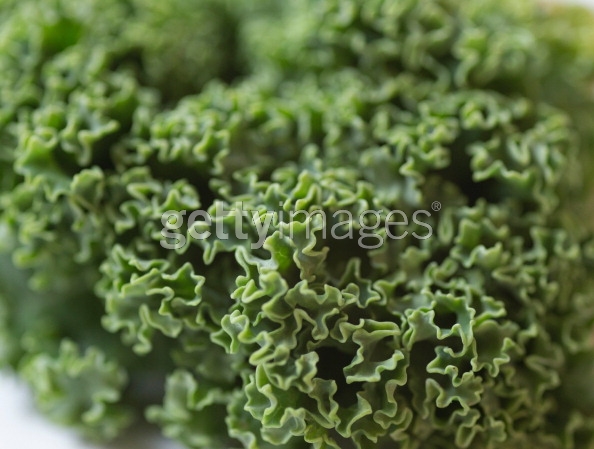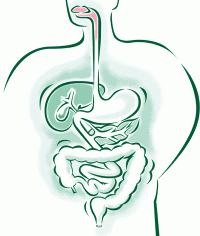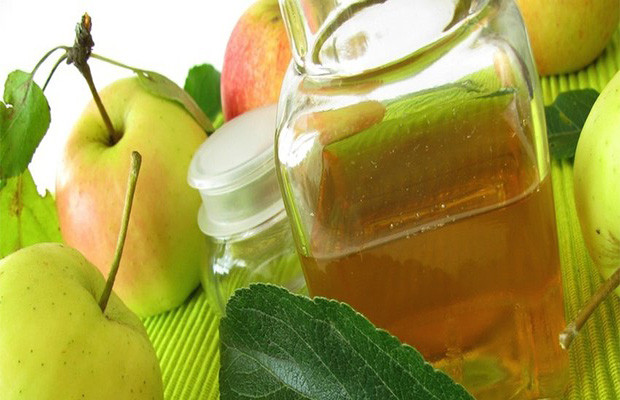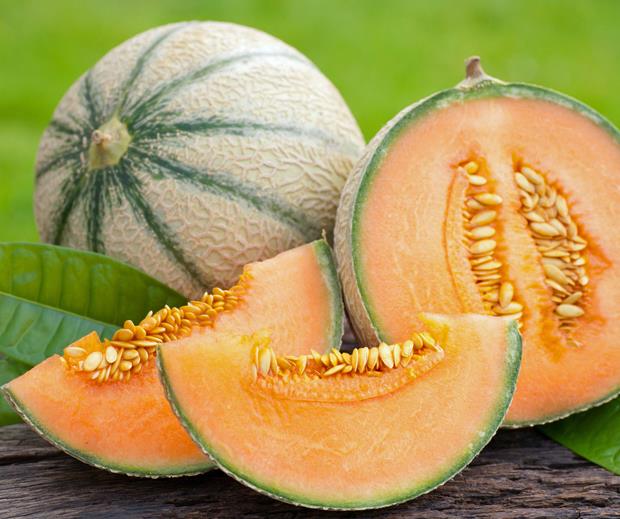
by Joy Thompson | Jul 21, 2015 | Blog
Kale is good for us. We’re supposed to eat it for our health. And in the past few years I have learned that the ingredients used with kale will determine whether or not I like what I’m eating… I now add it to my coleslaw recipe. Kale chopped small and added to the cabbage not only makes a pretty dark green addition to the light green cabbage (and the shredded orange of a little carrot) but doesn’t seem to add bitterness in flavor. I use a ratio of 1:4 or 1:3 of kale to cabbage and use a oil, vinegar, dry mustard coleslaw dressing recipe. View image | gettyimages.com I also have taken to adding it to soups. Nice to learn how to incorporate extra veggies into our diets, isn’t it? I admit it. I am trying to learn to like kale raw. It has a rough texture and a bitterness that I find difficult to enjoy. Having said that, when I find a recipe that I LIKE, I want to share it with you. Perhaps you’ll like it too. Super Food Kale Salad dressing: 3/8 c sugar (or a little less) 1/2 c vinegar (or a little more) 1/2 tsp salt 1/2 tsp fresh ground pepper 1/4 c olive oil salad: 1 bunch kale(washed,chopped, stems removed) 1/2 (16oz) pkg frozen shelled edamame (soybeans) thawed 1/4 of a red onion, sliced thin 1c shredded carrot 2/3 c fresh blueberries 1/4 c sweetened dried cranberries (or a little less) 1/2 c cashew pieces 1/2 c shelled, roasted sunflower seeds Put half the dressing on the salad and let marinate at least 2 hours. Serve...

by Joy Thompson | Mar 13, 2015 | Blog
I have been challenged recently to chew each bite of my food for a minimum of 20 chews. This has been nearly impossible for me! I don’t even realize how quickly I eat and seem to chew only a few times each mouthful. Chewing is the first step in the digestive process and allowing the saliva to do its job is important for a healthful meal. A book I recently started reading (Gulp: Adventures on the Alimentary Canal by Mary Roach) is about our guts and digestion. Two quotes from the introduction make me smile: “Yes, men and women eat meals. But they also ingest nutrients. They grind and sculpt them into a moistened bolus that is delivered, via a stadium wave of sequential contractions, into a self-kneading sack of hydrochloric acid and then dumped into a tubular leach field….Lunch is an opening act.” “The early anatomists has that curiosity in spades. They entered the human form like an unexplored continent. Parts were names like elements of geography: the isthmus of the thyroid, the isles of the pancreas, the straits and inlets of the pelvis. The digestive tract was for centuries known as the alimentary canal. How lovely to picture one’s dinner making its way down a tranquil, winding waterway, digestion and excretion no more upsetting or off-putting than a cruise along the Rhine. It’s this mood, these sentiments — the excitement of exploration and the surprises and delights of travel to foreign locales– that I hope to inspire….” It’s funny how little we think of digestion. Like many of the automatic processes we have, we don’t pay much...

by Joy Thompson | Feb 24, 2015 | Blog
http://gty.im/71141693 I am in awe of the body and what amazing miracles we are. Never more so than when I am honored to massage a pregnant woman. I tease that this is the only way I have figured out how to massage more than one person at a time on my table. Sometimes the baby will shift around and the mom’s belly will change shape or show a foot or elbow through the skin. Other times, everybody will relax and fall asleep. What makes prenatal massage different from circulatory or deep tissue? The focus of pregnancy massage is “balance.” Other modalities’ focus is “change,” as in I am trying to bring about a change in their body. For example, I will try to release a spasmed muscle. Whereas, the pregnant body is going through daily changes: a growing, moving child; varying center of gravity; day by day body changes. So the massage having an intent to balance and calm an everchanging state of being can bring a deep state of relaxation. Although there is a “recipe” I learned in school, I can vary the session to focus on what the Mom-to-be needs. About 8 years ago, a client had extremely severe sciatica with her pregnancy and only wanted low back massage with hip stretching; so that is what I did for 30 minutes every 2 weeks for her during the last few months before the baby arrived. One client had such claustrophobia that she was unable to lay down comfortably; instead, she straddled a chair, propped her body with pillows so she could relax. We had her facing a...

by jhtmadmin | Sep 16, 2014 | Blog
Essential oils are natural aromatic compounds found in the seeds, bark, stems, roots, flowers, and other parts of plants. They can be both beautifully and powerfully fragrant. If you have ever enjoyed the gift of a rose, a walk by a field of lavender, or the smell of fresh cut mint, you have experienced the aromatic qualities of essential oils. In addition to giving plants their distinctive smells, essential oils provide plants with protection against predators and disease and play a role in plant pollination. Essential oils are non water-based phytochemicals made up of volatile organic compounds. Although they are fat soluble, they do not include fatty lipids or acids found in vegetable and animal oils. Essential oils are very clean, almost crisp, to the touch and are immediately absorbed by the skin. Pure, unadulterated essential oils are translucent and range in color from crystal clear to deep blue. Try this at home: Squeeze the peel of a ripe orange. The fragrant residue on your hand is full of essential oils. In addition to their intrinsic benefits to plants and being beautifully fragrant to people, essential oils have been used throughout history in many cultures for their medicinal and therapeutic benefits. Modern scientific study and trends towards more holistic approaches to wellness are driving a revival and new discovery of essential oil health applications. dōTERRA (CPTG) Certified Pure Therapeutic Grade® essential oils represent the safest, purest, and most beneficial essential oils available today. They are gently and skillfully distilled from plants that have been patiently harvested at the perfect moment by experienced growers from around the world for ideal...

by jhtmadmin | Sep 16, 2014 | Blog
Apple cider vinegar is my new obsession. I recently began taking apple cider vinegar shots a few times a day for a quick and effective energy burst. However, I’ve since discovered so many other useful ways to incorporate apple cider vinegar (ACV) into my daily routine. It’s effective for pretty much anything—your skin, your hair, your house, and even your pets can benefit from its qualities. Raw, organic, unfiltered and unpasteurized, apple cider vinegar is so much more than a salad dressing! 1. Apple cider vinegar can detoxify your home. It’s made from apple juice and is fermented to hard apple cider. It’s then fermented a second time to become apple cider vinegar. By using ACV in lieu of other products, we instantly decrease the consumption of unnatural chemicals in our homes and daily lives. 2. It can make your hair shine. Apple cider vinegar can be used as a rinse for your hair after shampooing, and will boost your hair’s body and shine. I recommend recycling an old shampoo bottle, then filling it with 1/2 a tablespoon of apple cider vinegar and a cup of cold water. Pour the solution through your hair after shampooing several times a week for dramatic results. 3. Natural apple cider vinegar regulates the pH of your skin. Dilute ACV with two parts water, and spread the concoction over your face with a cotton ball to replace your current toner. You can do this at night after washing, and in the morning before you apply your moisturizer. A dab of apple cider vinegar can also be left on the skin overnight to fade...

by jhtmadmin | Sep 16, 2014 | Blog
Cantaloupe Compound Kills 87% of Breast Cancer Cells in Vitro: Researchers have just discovered that cucurbitacin E, found abundantly in cantaloupe, kills up to 87% of aggressive triple-negative breast cancer cells (MDA-MB-231) in vitro. In fact, cucurbitacin E was the most potent of all the cucurbitacins tested. But does this lab study translate to real health benefits for women? Yes, according to another study out of China, in which women eating over 40 grams daily of cantaloupe/watermelon/papaya had 38% less risk of breast cancer (watermelon is also a good source of cucurbitacin E, as is winter squash). Cucurbitacin E is a powerful anticancer compound, and has been shown to suppress leukemia, ovarian cancer, prostate cancer, lung cancer, pancreatic cancer, liver cancer and others in lab studies. Besides being toxic to cancer cells, cucurbitacin E is also a powerful antioxidant as well as natural anti-inflammatory. It has also been shown to protect the liver against toxic compounds. And according to the study out of China, women may significantly reduce their breast cancer risk just by getting about three to four servings (one serving = 80 grams) weekly of good sources such as cantaloupe, watermelon, or winter squash. And alkaline diet followers take note: cantaloupe has more than double the alkalizing power of pure lemon juice! (PRAL -4.9 versus -2.2 for lemon...







